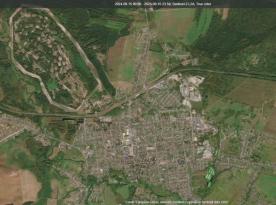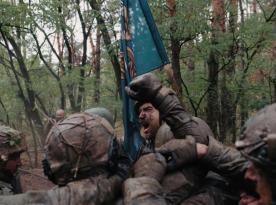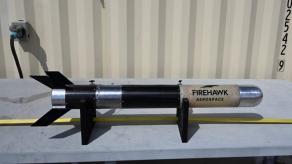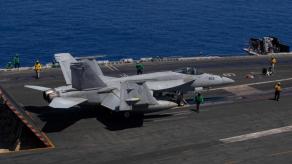Yesterday on June 4, the General Staff of the Armed Forces of Ukraine had published information about successful strikes on "a ferry crossing in the temporarily occupied Crimea and an oil terminal in the Krasnodar Krai."
And although this part of the report was subsequently deleted without explanation, it still raises the question of the importance of what could possibly be the second strike on a russian ferry crossing across the Kerch Strait.
Read more: Military Expert Analyzes Ukraine's Strikes of ATACMS Missiles on Ferries in Kerch Strait

The previous successful attack on this vital logistic route was carried out on the night of May 30th when ATACMS missiles hit the ferries stationed near the russian-occupied Kerch. That time, two vessels were damaged, as was confirmed by both satellite imagery and photos from the scene. Specifically, the Conroe Trader and Avangard, both of the train ferry type. Still, as of the end of May, five more ro-ro ferries were operating on the crossing: the larger ones named Lavrentiy, Panagia, Maria, and a few on the smaller side, the Kerchensky-2 and Yeysk.

The activity of these ships can be traced via the reports of the so-called russian Ministry of Transport of Crimea. According to successively published documents, from May 20th to 24th, a total of 70 crossings were made both ways, which transported 2,432 vehicles of road transport, 436 railway cars and 3,678 people. During this period, the minimum number of daily sails was 10, and the peak was 17.5 one day.

Then, after the Ukrainian strike on the railway ferries, the occupiers reported 12.5 and 10 two-way crossings made between June 3rd and 4th, which makes a total of 22.5 cycles that transported 741 vehicles and 1,215 passengers. Thus, we can conclude about 33 cars and 54 people are carried per one average logistics cycle.
At the same time, we hould take into account that the majority of passenger cars go through the existing Kerch bridge, where russians enacted strict load weight restrictions. That is why trucks are transported by ferries. At the same time, official statistics hardly include military transports, so the actual throughput of the crossing may be greater.

On a reminder from Defense Express, the russian forces can no longer use the Crimean Bridge over the strait for military purposes. Earlier this March, the Chief of the Security Service of Ukraine, Vasyl Maliuk, reported that 42–46 trains loaded with weapons and ammunition passed through the bridge daily before Ukraine landed a series of precise hits on this structure. Now it can only support about 4 or 5 trains, of which four are passenger ones, and one is with goods of general use.
Another detail that completes the picture is russia's self-declared use of its VDK-type landing ships for transporting weapons and military supplies across the Kerch Strait. However, Ukraine started to hunt down these ships: having suffered significant losses, russians reportedly abandoned this practice. In particular, Ukrainian naval kamikaze drones sank the Caesar Kunikov, which became the fourth russian VDK landing ship of the russian federation to be destroyed in the Black Sea, and several more remain in repair, including the currently inoperable Yamal which got hit by a missile strike.
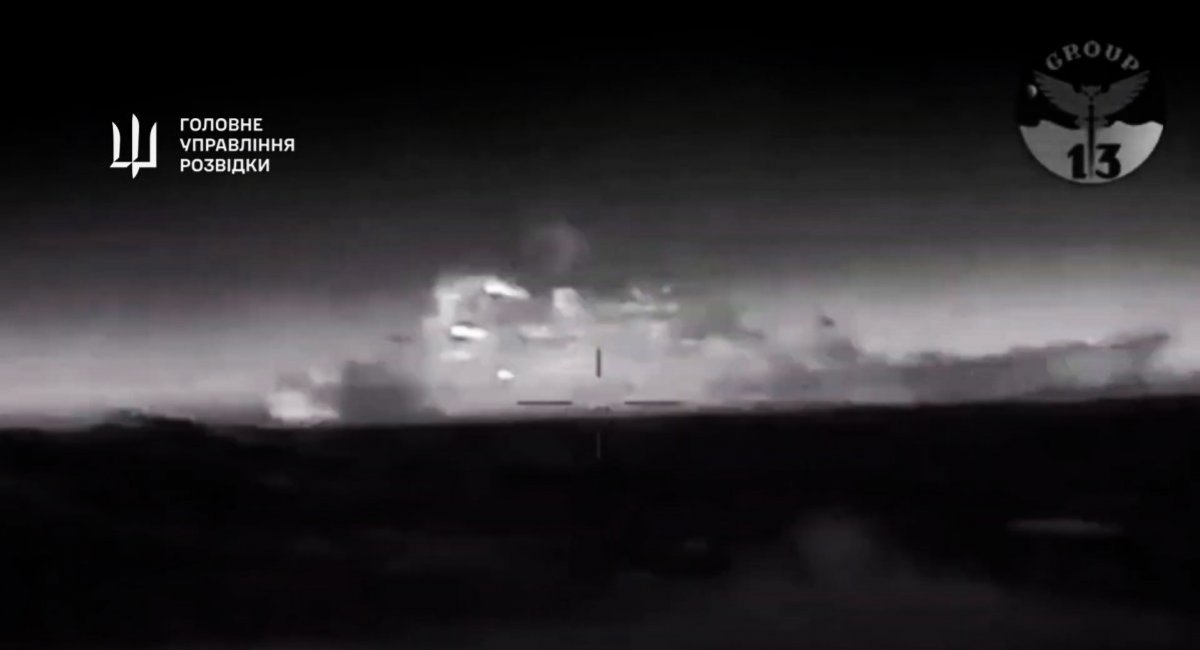
Against this background, the russian invasion forces could only intensify the practice of using civilian ferries to transport military cargo, which they did and thus turned their ferries into legitimate targets for destruction, even though they have been in that status for a while now: the first verified use of ferries for military logistics was recorded as early as November 2022.
Read more: Valuable for russia Cargo with North Korean Weaponry Sank Along with Caesar Kunikov Ship, Destroyed by Ukraine






